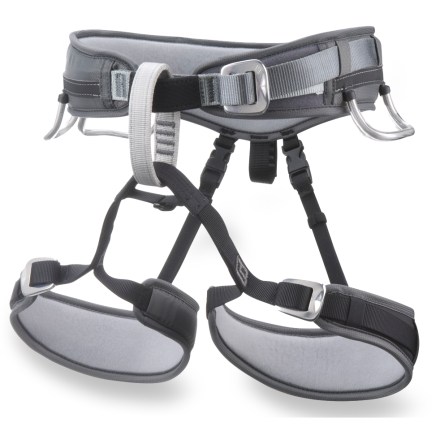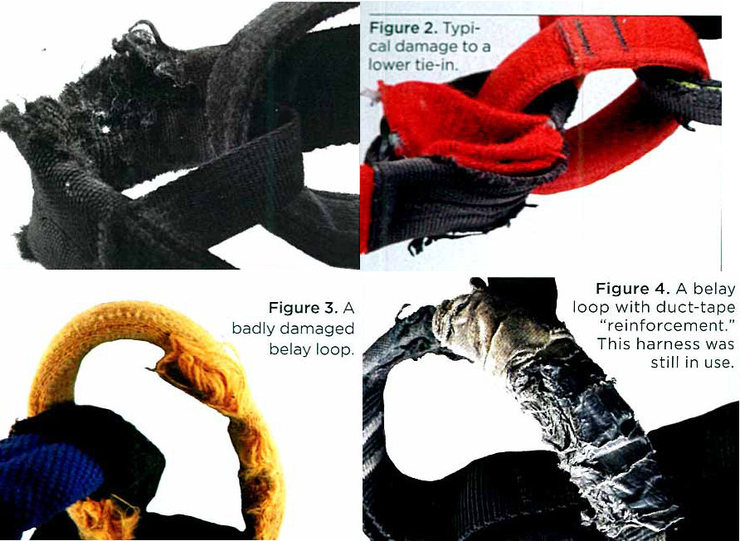The New Year provides a great time to reflect on the previous season’s climbing goals and equipment.
After enough time climbing, the rubber on climbing shoes wears thin, ropes become frayed, and harnesses become worn. Identifying a hole in the shoe or a soft spot rope provide an easy way to know when to retire them. Climbing harnesses provide another challenge. Even experts make mistakes when retiring gear and unfortunately the costs are significant.

In October of 2006, climbing legend Todd Skinner died during a harness failure. Skinner’s belay loop failed. His old harness needed to be retired but he neglected to replace it.

Inspecting shoes for wear, ropes for soft spots, and harnesses for frays should be a part of every climbing trip inside and outside. Excessive fraying or discoloring on the harness calls for immediate retirement. Check the waist buckles and leg loops. Climbing in chimeneys and offwidths creates abrasion on these areas. A sharp edge can ground these areas significantly. Look at the bartacking and stitching. Some manufacturers recommend retiring if even a single stitch comes split.
To clean a harness, machine wash it in warm water on a gentle cycle. Use a mild soap and no bleach. A number of climbing companies make special soap and detergent for caring of climbing gear. Air dry away from direct sunlight.
Store climbing gear in a cool dry place, making sure the harness is dry when stored. Harnesses must stay away from corrosive materials such as battery acid, solvents, gasoline or chlorine bleach. Do not sew, resew, burn or singe loose threads, bleach the webbing, file a buckle, modify, or change a harness in any way. The harness’s nylon will weaken if improperly stored in mildew conitions, under UV light, temperature extremes, or other harmful agents.
According to the Black Diamond website, “With normal use and proper care, the life expectancy of your harness is approximately three years, and can be longer or shorter depending on how frequently you use it and on the conditions of its use.” The lifespan can be reduced through falls, abrasion, cuts, wear, heat, sunlight, and corrosives.
Be cautious with climbing equipment. When in doubt, retire old or suspect gear. Let’s make 2013 a great and safe climbing year!

